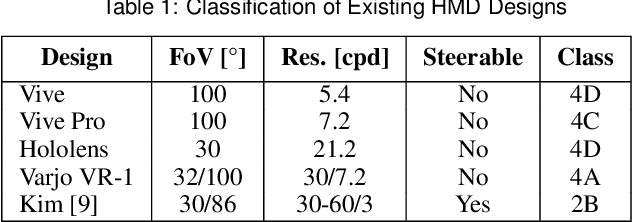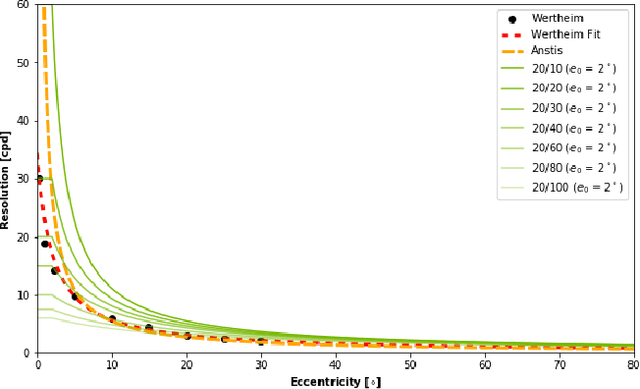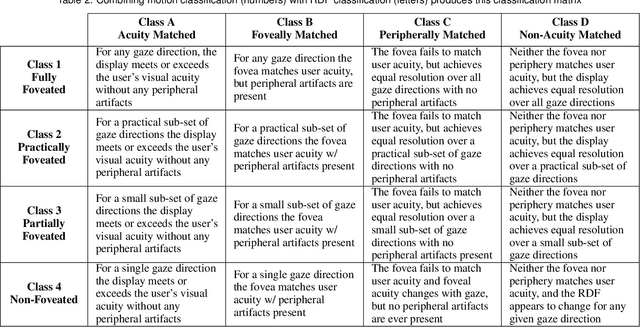Ben Boudaoud
SIDOD: A Synthetic Image Dataset for 3D Object Pose Recognition with Distractors
Aug 12, 2020



Abstract:We present a new, publicly-available image dataset generated by the NVIDIA Deep Learning Data Synthesizer intended for use in object detection, pose estimation, and tracking applications. This dataset contains 144k stereo image pairs that synthetically combine 18 camera viewpoints of three photorealistic virtual environments with up to 10 objects (chosen randomly from the 21 object models of the YCB dataset [1]) and flying distractors. Object and camera pose, scene lighting, and quantity of objects and distractors were randomized. Each provided view includes RGB, depth, segmentation, and surface normal images, all pixel level. We describe our approach for domain randomization and provide insight into the decisions that produced the dataset.
Toward Standardized Classification of Foveated Displays
May 03, 2019



Abstract:Emergent in the field of head mounted display design is a desire to leverage the limitations of the human visual system to reduce the computation, communication, and display workload in power and form-factor constrained systems. Fundamental to this reduced workload is the ability to match display resolution to the acuity of the human visual system, along with a resulting need to follow the gaze of the eye as it moves, a process referred to as foveation. A display that moves its content along with the eye may be called a Foveated Display, though this term is also commonly used to describe displays with non-uniform resolution that attempt to mimic human visual acuity. We therefore recommend a definition for the term Foveated Display that accepts both of these interpretations. Furthermore, we include a simplified model for human visual Acuity Distribution Functions (ADFs) at various levels of visual acuity, across wide fields of view and propose comparison of this ADF with the Resolution Distribution Function of a foveated display for evaluation of its resolution at a particular gaze direction. We also provide a taxonomy to allow the field to meaningfully compare and contrast various aspects of foveated displays in a display and optical technology-agnostic manner.
 Add to Chrome
Add to Chrome Add to Firefox
Add to Firefox Add to Edge
Add to Edge